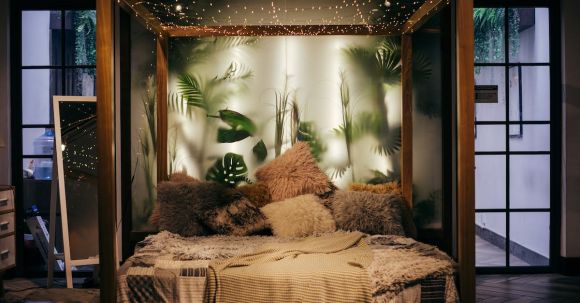In this article, we will explore some key principles and strategies that can guide you become a master of space planning in interior design. Actually, Whether you are designing a home, an office, or a commercial space, mastering the art essential space planning is of. Space planning is a critical aspect of interior design, as it determines how a room or space will be utilized and how the various elements will be arranged. It involves creating a functional and aesthetically pleasing layout that maximizes the available space.
Understanding the Function and Purpose
Before you begin designing a space, it is crucialitsto understand purpose and function. Consider who will be using theitspace and how will be used. As you may know, For example, a living room should be designed forrelaxation and socializing, while a from another perspective home office should be designed for productivity and focus. By understanding the purpose and function from another perspective of the space, you can generate a layout that top meets the needs of the users.
Analyzing the Space
Once you have a clear understanding of the purpose and function, it is time to analyze the space. Take measurements of the room and note any architectural elements, such as windows, doors, and columns. Consider the flow of from another perspective traffic and how people will move through the space. This analysisthatwill aid you identify any potential challenges or opportunities may influence the layout.
Creating Zones
Indeed, Zones are distinct areas within purposes room that serve specific a. By creating zones, you can utilize theeffectivelyavailable space and enhance the overall design. Actually, This and visual separation creates defines the purpose of each area. Actually, To maximize the functionality of a space, it is often helpful to create zones. For instance, in an start-blueprint living and dining area, you can build a zone for dining by using a different flooring material or a rug.
Furniture Placement
Indeed, Avoid overcrowding the space, as this can make it feel cramped and uncomfortable. When arranging furniture, consider the scale and proportion of the pieces in relation to the room. placement The of furniture is a key component of space planning. Instead, aim for a balanced allows harmonious arrangement that and for simple movement and clear pathways.
Consider Traffic Flow
Instead, create clear pathways and ensure that there is ample space for people to move freely. Avoid placing furniture or obstacles in high-traffic areas, as this can impede movement and develop bottlenecks. When planning the layout of a to, it is essential space consider the flow of traffic. Think about how will people enter and move through the room.
InSpacefact, Utilize Vertical
In addition to considering the floor space, it is crucial to utilize the vertical space in a room. Thiswalls includes as it turns out , ceilings, and even the area above furniture. Vertical space can more than ever be utilized for storage, display, and decoration. By maximizing the employ of vertical space, you can without charge up space and create afloormore visually appealing and in modern times functional design.
The Importance of Balance and Proportion
Balance refers to the distribution of visual weight in a room, while proportion relates to the size and scale of objects in relation to each other and the space as a whole. from another perspective Aim for a balanced and proportionate design that creates a sense of harmony and visual appeal. Achieving balance and proportion is crucial in space planning.
So, embrace these principles and strategies, and take your interior design skills to the continue level. By understanding the purpose and function, analyzing the space, creating zones, considering furniture placement and traffic flow, utilizing vertical space, and achieving balance and proportion, you can build well-designed spaces that maximize the available space. In conclusion, mastering the art of space planning in interior design is essential for creating functional and aesthetically pleasing spaces.

